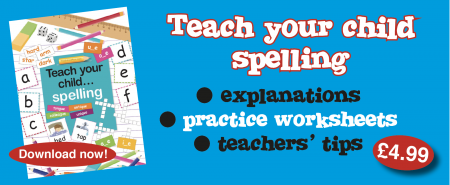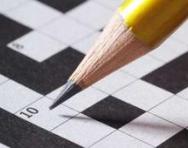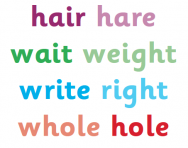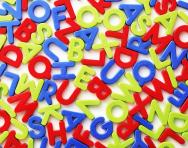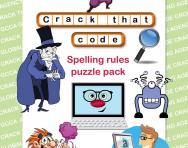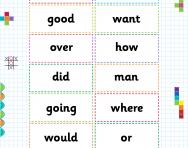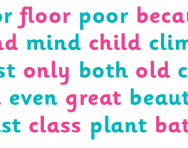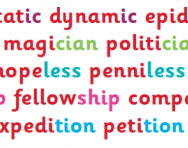Spelling in Year 3 and Year 4
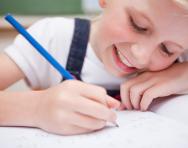
Spelling in Year 3 and Year 4
The 2014 national curriculum groups spellings for Years 3 and 4 together, so it is up to a teacher's discretion which spellings they decide to give out in which year group. Spelling lists will also be differentiated within each year group, according to each child’s ability.
Year 3 and Year 4 spelling patterns and rules
In Years 3 and 4, the following spelling rules and patterns will be taught:
- Adding suffixes -er, -ing to verbs, for example: 'beginner' and 'beginning'
- Words containing 'y' where it sounds like 'i', such as 'myth' and 'gym'
- Words containing 'ou' where it sounds like 'u' such as 'young' and 'touch'
- Words containing prefixes (groups of letters added to the start of a word) such as mis-, dis-, im-, il-, ir-, re-, sub-, inter-, super-, anti-, auto-
- Words containing suffixes (groups of letters added to the end of each word) such as -ation, -ly
- Words ending -sure and -ture (such as 'measure' and 'creature')
- Words ending -sion, -tion, -ssion, -cian (such as 'confusion', 'rejection', 'permission' and 'musician')
- Words ending -ous (such as 'dangerous' and 'courageous')
- Words containing ch where it sounds like ‘sh’ or ‘k’ (such as 'chef' and 'scheme')
- Words ending -gue and -que (such as 'league' and 'antique')
- Homophones (pairs of words that sound the same but are spelled differently, for example: 'meddle' and 'medal')
How spelling is taught in Year 3 and Year 4
Teachers will vary in how they teach spellings and how much time is spent on spelling during the week. They may use the spellings during handwriting practice, so that children are practising both skills at the same time. They may also give children activities to do, such as writing the words into sentences, making cards for matching two parts of a word, fill-the-gap worksheets or quizzes to test on spellings learnt.
Now that children are in KS2 the onus will also be on them to make sure they learn their spellings at home for a weekly spelling test.
Year 3 spelling worksheets and Year 4 spelling worksheets
Look through our selection of Y3 spelling worksheets and Y4 spelling worksheets for wordsearches, crosswords and other engaging spelling learning activities.
You can also download Y3 spelling practice tests and Year 4 practice spelling tests to help your child revise the words and spelling patterns they'll be learning at school.
How spelling is taught in primary school, year by year
Find out what words and spelling patterns children are taught in each year of primary school with our parents' guides:

Give your child a headstart
- FREE articles & expert information
- FREE resources & activities
- FREE homework help
